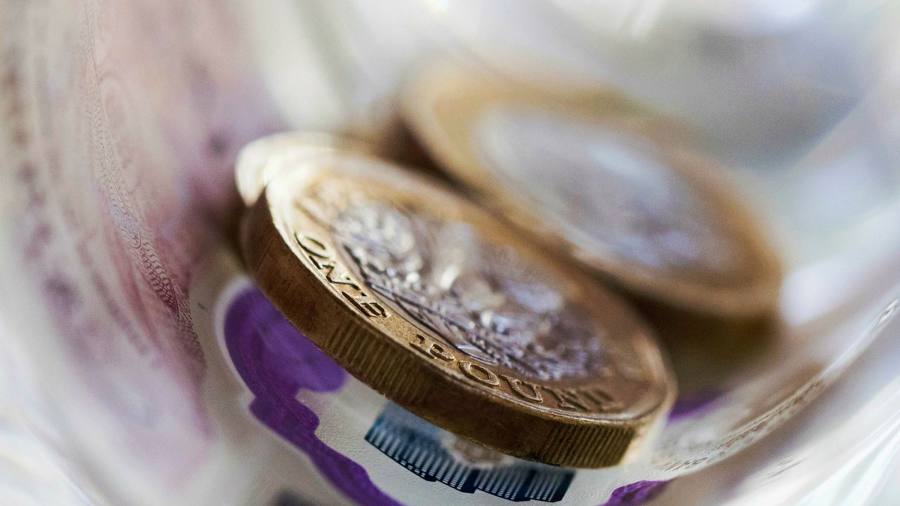[ad_1]
Sterling weakened on Thursday, while UK government debt rose in price, after the Bank of England raised interest rates by the most in 27 years but warned of a protracted recession and a further surge in inflation.
The pound dropped as much as 0.6 per cent against the dollar to $1.2067 and by the same amount against the euro to just under €1.19. Those falls moderated early in the New York trading session.
The yield on the 10-year gilt fell 0.09 percentage points to 1.83 per cent as the price of the debt rallied to reflect haven buying as well as speculation that the BoE may now have to reduce the pace of future rate rises if a lengthy recession materialises.
The two-year gilt yield, which tracks monetary policy expectations, fell by 0.08 percentage points to 1.77 per cent.
“The price action we are seeing at the moment in response to the largest hike in 27 years is not what you would usually expect,” said Karim Chedid, head of investment strategy for Europe at BlackRock’s iShares unit.
“It is a dovish reaction,” he added, because “the market views the BoE as unable to continue with the same level of [monetary] tightening against this economic backdrop.”
As well as increasing its benchmark interest rate by 0.5 percentage points to 1.75 per cent on Thursday, the UK central bank also raised its forecast for inflation to peak at just over 13 per cent this year, up sharply from a previous estimate. It also warned the nation’s economy would shrink in the final quarter of this year and contract for all of 2023.
US and eurozone governments bonds also rose in price on Thursday, taking a cue from the BoE that other central banks may be forced to soften their stance against inflation to balance supporting economic growth.
The yield on the 10-year US Treasury note fell 0.07 percentage points to 2.67 per cent. Italy’s 10-year bond yield, which is highly sensitive to European Central Bank policies because of the nation’s heavy debt load, declined by 0.1 percentage points to 2.84 per cent.
In the US on Wednesday, several Federal Reserve officials moved to dismiss recent market speculation that the central bank would start cutting rates early next year in response to an economic slowdown.
St Louis Fed president James Bullard told CNBC on Wednesday that US interest rates would “probably have to be higher for longer” to reduce inflation from 40-year highs. In a separate appearance, Minneapolis Fed president Neel Kashkari said US rate cuts in 2023 were extremely unlikely.
In equities, Europe’s regional Stoxx 600 share index added 0.5 per cent, lifted by technology and banking stocks, with sentiment buoyed after Wall Street’s tech-heavy Nasdaq Composite equity gauge reached its highest level in three months in the previous session.
Futures contracts on the US S&P 500 share index traded flat on Thursday, while those tracking the 100 largest stocks on the Nasdaq were also steady.
Better than expected quarterly earnings from large tech companies and speculation central banks will turn dovish have fuelled a weeks-long US equity rally that followed the worst first half of the year for US stocks for at least half a decade.
“This is a bear market rally,” said Willem Sels, global chief investment officer at HSBC’s private bank.
Markets were “incorporating a view” that “there will be a big pivot by central banks”, he added. “This is premature.”
[ad_2]
Image and article originally from www.ft.com. Read the original article here.

